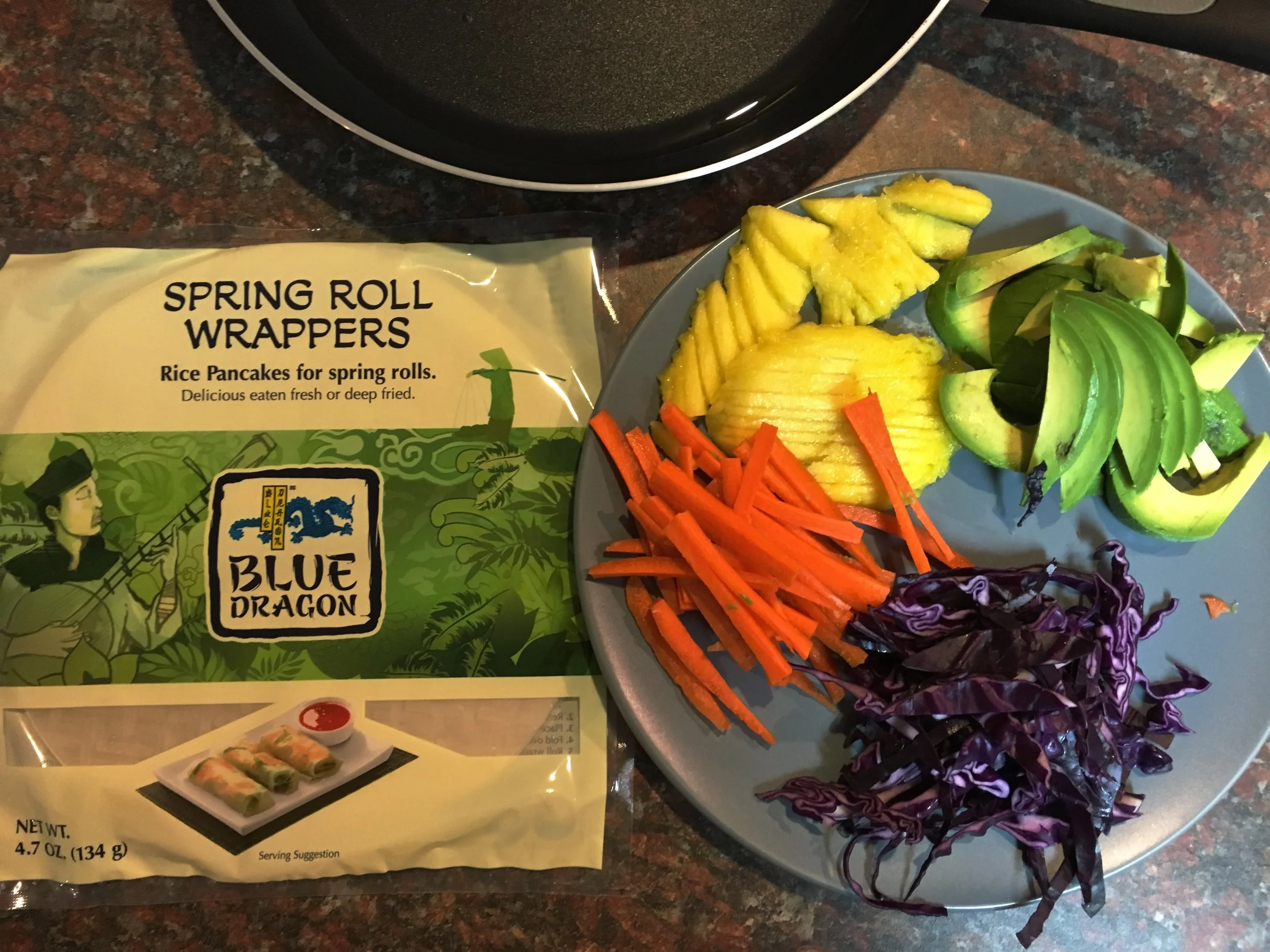The New Year is here! At this time of year most people become a little more reflective. We tend to evaluate different areas of our life we would like to improve. And for many folks a big area of evaluation concerns one’s health. I am sure many of you reading this article had sincere plans to make 2017 the year you finally took the steps to improve your health. Although many people sincerely felt this way, the odds are probably that only a few actually did achieve their goals. Why is this?
As I have trained people over the last 24 years I am convinced that all of you really do want to change your exercise habits. However, there are real life reasons why it does not happen, and our busy lives are number one. Most folks are working so hard on their relationships, careers and parenting that by the time you have taken care of everyone else there is no time left to take care of yourself.
So, how can you make 2018 different and dedicate this year to your health??? Here are three suggestions that I know work because I have personally seen many people apply these three tips and many have lost 20 - 100 pounds, blood pressure has improved, cholesterol levels have dropped, bodies are more functional, and people are eating more healthfully.
1. Set Exercise Appointments with yourself.
Whether you are a busy professional, busy mother or both your day is filled with appointments with other people. You certainly would not be disrespectful and miss a scheduled appointment. Set exercise appointments with yourself and give yourself the respect you give others. Don’t miss your appointment! When life happens and you miss a scheduled appointment you must reschedule your missed appointment. There are 168 hours in a week. You can do this!!!
2. Set Specific, Realistic, Measurable Goals. Begin with what works for you.
This is an example of a specific, realistic and measurable goal for January – exercise 3 times per week for 15 minutes. Set it in your calendar with date, exact time of day, and your exercise plan. Three times per week is 12 exercise sessions of 15 minutes for the first month. If you miss simply reschedule your exercise appointment and make sure by January 31 you have exercised 12 different days for 15 minutes. Maintaining your exercise volume each month is a major key. At the end of the month reflect and re-evaluate making changes to your goals. It could be 13 exercise sessions of 20 minutes each. The key is simply to get started and set a goal that is specific, realistic and measurable, and realistically attainable for you and build on it.
3. ACCOUNTABILITY!!!
Accountability is essential to keeping your exercise appointment with yourself. But for most accountability to self is not enough… it’s too easy to rationalize something else is more important. Different people are successful with different forms of accountability. For some simply investing in a gym membership is enough, for others having a friend or a group you are committed to exercise with, and for others a higher degree of accountability is needed, for example, a personal trainer. We all spend a great deal of money on health insurance, which is not health insurance at all. Taking care of one’s health through proper nutrition and exercise is true health insurance. The simple key here is get the accountability you need. If a friend works great! If a group works
great! If you know you need the highest level of accountability I suggest investing for 12 weeks in personal training and then re-evaluating. Look at it as if you are taking a class to invest in your health. We have all invested in education to better our lives; so, it just makes sense to do the same for our health. The secret is accountability to a coach, mentor, and guide someone who is committed to your commitment and impervious to your excuses.
We are all well aware of the health crisis in America related to obesity, heart disease, diabetes, hypertension, high cholesterol, and a host of other preventable diseases. Make a commitment to the three tips above and you are on your way to receiving the benefits of exercise and healthy eating habits. When you are physically fit you will feel better, sleep better, overcome stress, work better, communicate better, play better and live better! Make 2018 the year you really DO something about making a lifestyle change that will improve your quality of life for years to come!!!













